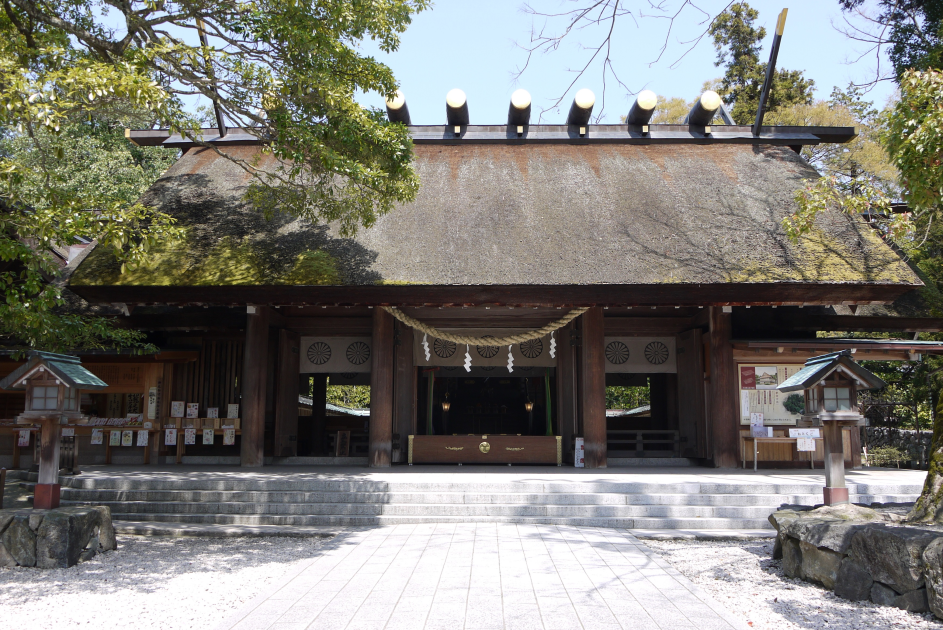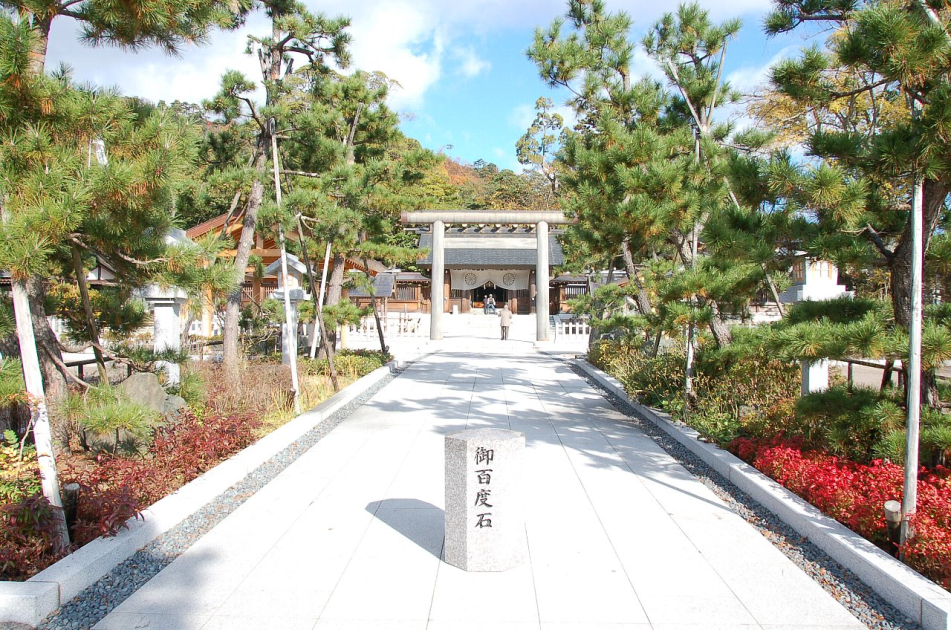Amanohashidate Guided tour

About Us
Founded Tangonian Co., Ltd. Based on the concept of “the intersection of life and travel,” responsible for providing interpreting guides for foreign tourists, creating tourism content, and planning new projects.
Tangonian creates platforms where coastal communities in the Tango region (Kyoto by the Sea area) define their own sustainable experiences through community-driven tourism.
Our considerate approach means that community voices guide every decision, bridging local wisdom with global curiosity to create authentic exchanges that benefit both residents and visitors.
We celebrate local diversity by fostering global connections, ensuring that every initiative strengthens community bonds that honors tradition while embracing innovation.
Why choose us
| Tangonian Experience | Other Travel Agencies |
| Immersion into the tradition and culture | Generic sightseeing tours |
| Exclusive access to artisans and workshops | Limited or no artisan interaction |
| Emotionally resonant storytelling and local hosts | Transactional, guide-led experience |
| Seamless logistics with personal care | Standardized itineraries |
| Values | ①Community-driven ②Respect and care ③Connection/GLocal bridge ④Sharing Wisdom ⑤Sustainabilty |
Our Services
Based on the concept of creating an intersection between “life” and “travel” within the local community, we provide a variety of services that promote community tourism and sustainable community development.
Private tour – Local guides will coordinate your journey to discover the rich natural beauty of the Sea of Kyoto area, fascinating ways of living and working, and the local wisdom and craftspeople involved in manufacturing.
Study Tours and Training Programs – A training program aimed at solving local issues, utilizing local resources such as the history, culture, nature, primary industries such as agriculture and fishing, and traditional industries such as Tango Chirimen and Fujifu in the Sea area.
We don’t just put up a show, we help you feel it, forge it, and taste it’s legacy

A special journey, Experience the breathtaking beauty of Amanohashidate, celebrated as one of Japan’s Three Scenic views, in a guided tour that blends nature, legend, and personal discovery.
Travel overview
On this tour, you will discover Amanohashidate, through a guided experience that blends natural beauty, local legends, and personal choice. Whether you walk beneath the pines or glide across the bay, this journey invites you to see the landscape as ancient poets once did, floating between heaven and earth.
We begin by meeting at Amanohashidate Station, where your guide will greet you and outline the day’s flow. From there, we’ll walk to Chionji Temple, dedicated to Monju Bosatsu, the deity of wisdom and hear stories of the temple’s spiritual significance.
Next, you’ll choose your path across the iconic sandbar:
Option A: Ride a scenic boat across the bay, watching the pine-covered stretch from the water.
Option B: Walk or cycle along the sandbar, stopping at hidden shrines and scenic viewpoints.
Depending on timing and preference, we’ll enjoy lunch either before the crossing or on the opposite shore. Our recommended spot offers fresh seafood and Tango specialties.
After lunch, we’ll ascend to Kasamatsu Park via cable car or chairlift. Here, you’ll experience the famous “matanozoki” view, looking at Amanohashidate upside down to see it floating in the sky. Your guide will share legends of dragons, bridges to heaven, and the poetic history of the site.
We’ll then visit Motoise Kono Jinja, a shrine older than Ise Jingu, known for its dual worship of Amaterasu and Toyouke. The guide will explain its unique architecture and spiritual role in the region.
To conclude, you’ll again choose your return route, boat or sandbar before ending the tour back near Amanohashidate Station.
What makes this tour unique?
Explore Amanohashidate, one of Japan’s scenic treasures
Enjoy a guided experience with insightful commentary on local legends
Choose between scenic boat rides or active cycling and walking
Savor a local lunch with fresh Tango flavors
The Tour Package Overview

We have designed an itinerary that meets your travel requirements:
| Days | Itinerary | Notes |
| Day 1 – Visit to the one of the scenic views in Japan | 10:40 Arrive at Amanohashidate Station 11:00 Chionji Temple 11:30–11:42 Boat 11:45–12:45 Lunch 12:45–13:30 Kasamatsu park 13:40–14:15 Motoise Kono Jinja Shrine 17:00~ End of tour / Check-in at accommodation | Start time will depend on your arrival time: from 10am to 12noon Lunch will be decided upon arrival |
・Please note that the destination and visit schedule may be subject to change due to circumstances of the host company.
・Lunch timing and overall tour duration may vary depending on guest preferences, pace, and chosen activities.
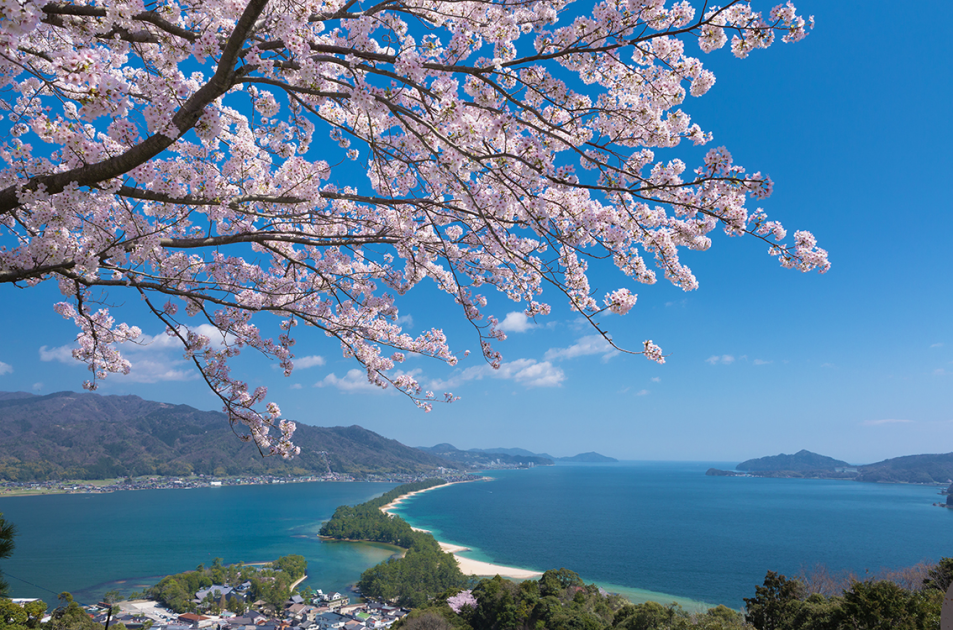
What You’ll Experience
- A guided journey through Amanohashidate, one of Japan’s Three Scenic Views
- Cultural immersion at historic temples and shrines, including Chionji and Motoise Kono Jinja
- Flexible exploration, choose between scenic boat rides or active walking and cycling
- Local flavors through a curated lunch featuring fresh seafood and Tango specialties
- Emotional storytelling that connects you to the myths, nature, and poetic soul of the region
Let’s Craft Your Journey It’s our honor to host you on this unforgettable experience. If you’d like to customize the itinerary, we’re here to assist. Let’s make this journey yours.
Important Notes: This experience includes guided coordination and storytelling. Some artisan workshops, shrine entrances, and tasting sessions may require separate fees, which are not included in the base tour price. Guests are responsible for covering these costs on-site. By booking, you acknowledge that these optional activities are paid separately and are not grounds for refund or claim.
Experiences
Chionji Temple 智恩寺
Located at the southern entrance of the iconic Amanohashidate sandbar in Miyazu, Kyoto, Chionji Temple is one of Japan’s three great temples dedicated to Monju Bosatsu, the bodhisattva of wisdom. Known for its majestic Sanmon gate and tranquil grounds, the temple has long been a spiritual stop for pilgrims and travelers seeking clarity, insight, and good fortune.
Feline Residents & Atmosphere
They’re not officially part of the temple staff, but locals and visitors affectionately treat them as spiritual mascots—some even call them “cat monks” for their serene presence
The combination of ancient Buddhist architecture, peaceful gardens, and chubby, relaxed cats creates a uniquely calming environment.
Many visitors say the cats enhance the contemplative vibe of the temple, as if they’re silent guardians of wisdom.
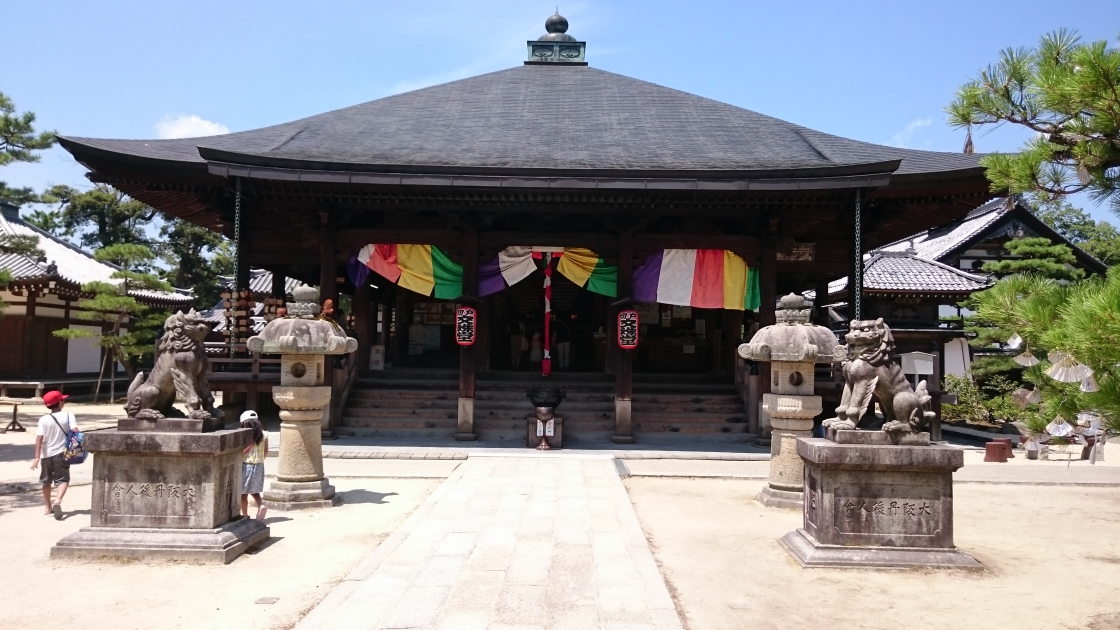

Boat ride
goes back and forth between the northern part of Amanohashidate (Ichinomiya) and the southern part (Amanohashidate Sanbashi). It takes approximately 12 minutes after boarding.
Visitors can either choose to go on top to have a total view of the Amanohashidate Sandbar or inside the boat. Guests on the top may feed the birds.
Amanohashidate Kasamatsu Park
Amanohashidate (天橋立) is a picturesque sandbar blanketed with pine trees, stretching across the entrance of Miyazu Bay in northern Kyoto Prefecture. When seen from the hills flanking the bay, this natural formation—whose name loosely means “bridge to heaven”—appears like a celestial walkway connecting sky and earth. Revered for generations, it holds a place among Japan’s top three scenic landscapes.
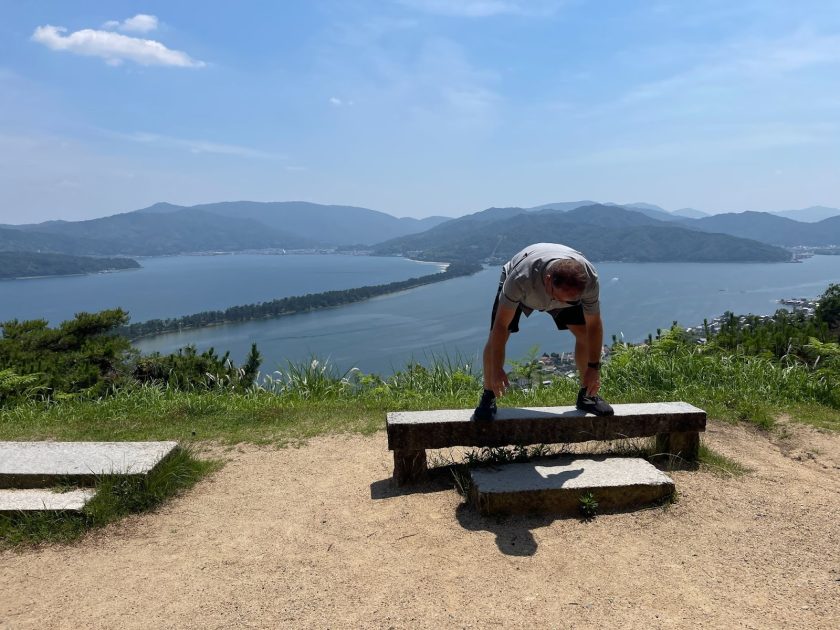
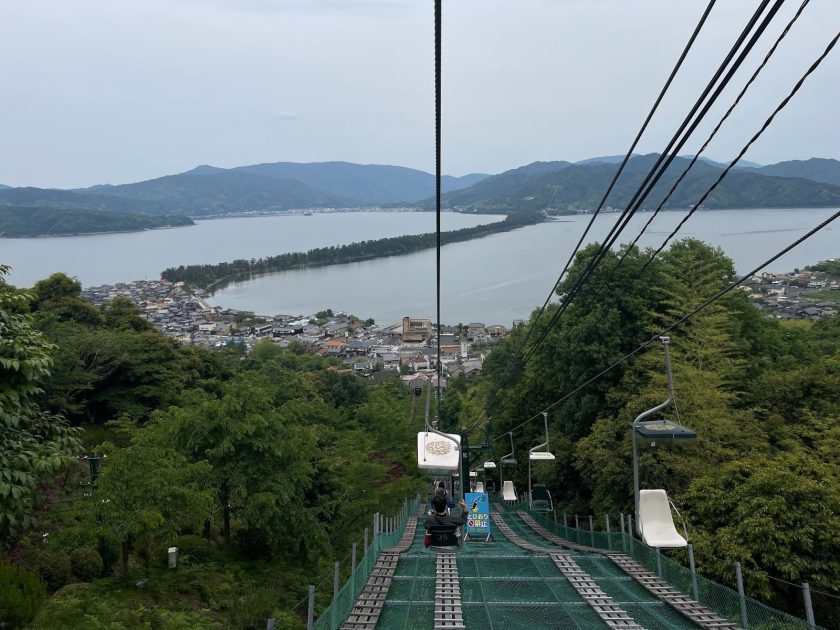
Motoise Kono Jinja (元伊勢籠神社)
one of the most historically revered Shinto shrines in northern Kyoto Prefecture.
“Motoise” means “Origin of Ise,” referencing the shrine’s ancient role as a temporary dwelling for the deities Amaterasu-Ōmikami (Sun Goddess) and Toyouke-Ōmikami (Goddess of agriculture and industry) before they were enshrined at the famous Ise Grand Shrine
The shrine is considered the spiritual predecessor to Ise Jingu, making it a pilgrimage site of deep reverence.
The main hall is built in the Shinmei-zukuri style, identical to Ise Jingu, and features five-colored suedama (sacred beads) on its railings—a motif permitted only at Ise and Motoise Kono Jinja.
A suikinkutsu (water harp cave) in the garden produces ethereal, koto-like sounds as water drips into an underground chamber—a hidden sensory delight.
Nearby is the Manai Shrine, considered the shrine’s inner sanctuary, where sacred water and ancient stones mark the dwelling place of the deities.
